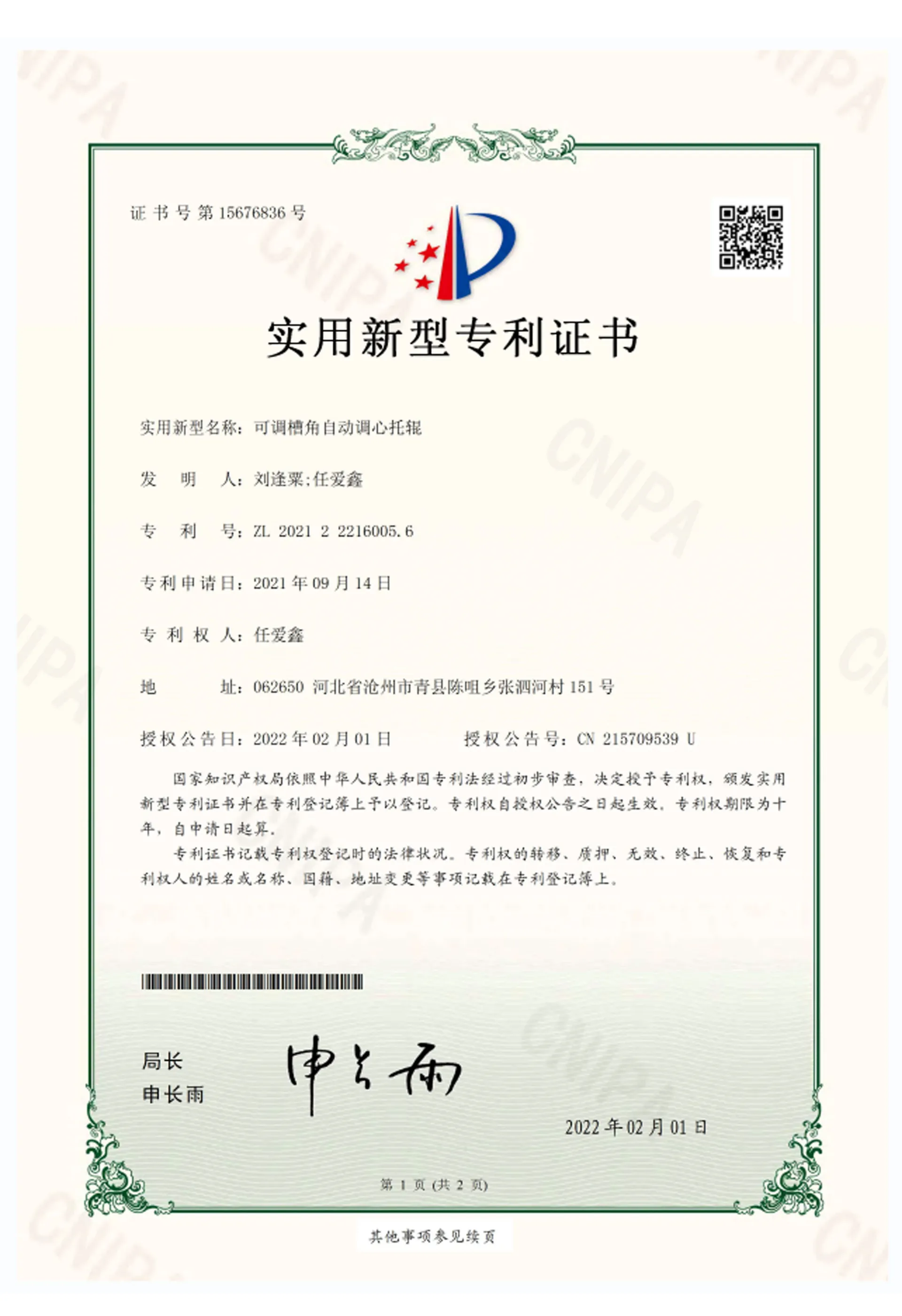 Afrikaans
Afrikaans  Albanian
Albanian  Amharic
Amharic  Arabic
Arabic  Armenian
Armenian  Azerbaijani
Azerbaijani  Basque
Basque  Belarusian
Belarusian  Bengali
Bengali  Bosnian
Bosnian  Bulgarian
Bulgarian  Catalan
Catalan  Cebuano
Cebuano  Corsican
Corsican  Croatian
Croatian  Czech
Czech  Danish
Danish  Dutch
Dutch  English
English  Esperanto
Esperanto  Estonian
Estonian  Finnish
Finnish  French
French  Frisian
Frisian  Galician
Galician  Georgian
Georgian  German
German  Greek
Greek  Gujarati
Gujarati  Haitian Creole
Haitian Creole  hausa
hausa  hawaiian
hawaiian  Hebrew
Hebrew  Hindi
Hindi  Miao
Miao  Hungarian
Hungarian  Icelandic
Icelandic  igbo
igbo  Indonesian
Indonesian  irish
irish  Italian
Italian  Japanese
Japanese  Javanese
Javanese  Kannada
Kannada  kazakh
kazakh  Khmer
Khmer  Rwandese
Rwandese  Korean
Korean  Kurdish
Kurdish  Kyrgyz
Kyrgyz  Lao
Lao  Latin
Latin  Latvian
Latvian  Lithuanian
Lithuanian  Luxembourgish
Luxembourgish  Macedonian
Macedonian  Malgashi
Malgashi  Malay
Malay  Malayalam
Malayalam  Maltese
Maltese  Maori
Maori  Marathi
Marathi  Mongolian
Mongolian  Myanmar
Myanmar  Nepali
Nepali  Norwegian
Norwegian  Norwegian
Norwegian  Occitan
Occitan  Pashto
Pashto  Persian
Persian  Polish
Polish  Portuguese
Portuguese  Punjabi
Punjabi  Romanian
Romanian  Russian
Russian  Samoan
Samoan  Scottish Gaelic
Scottish Gaelic  Serbian
Serbian  Sesotho
Sesotho  Shona
Shona  Sindhi
Sindhi  Sinhala
Sinhala  Slovak
Slovak  Slovenian
Slovenian  Somali
Somali  Spanish
Spanish  Sundanese
Sundanese  Swahili
Swahili  Swedish
Swedish  Tagalog
Tagalog  Tajik
Tajik  Tamil
Tamil  Tatar
Tatar  Telugu
Telugu  Thai
Thai  Turkish
Turkish  Turkmen
Turkmen  Ukrainian
Ukrainian  Urdu
Urdu  Uighur
Uighur  Uzbek
Uzbek  Vietnamese
Vietnamese  Welsh
Welsh  Bantu
Bantu  Yiddish
Yiddish  Yoruba
Yoruba  Zulu
Zulu conveyor lagging
The Importance of Conveyor Lagging in Industries
Conveyor systems are the backbone of many industries, facilitating the smooth and efficient movement of materials. From mining and manufacturing to food processing and logistics, conveyors play a crucial role. However, the functionality and longevity of these systems rely heavily on an often-overlooked component conveyor lagging.
What is Conveyor Lagging?
Conveyor lagging refers to the material that is applied to the surface of a conveyor pulley. Its primary purpose is to enhance the friction between the pulley and the conveyor belt, preventing slippage and ensuring that the belt moves smoothly without disengaging from the pulley. Lagging materials can be made from various substances, including rubber, polyurethane, ceramic, or even metal. The choice of lagging material often depends on factors such as the operating environment, the type of material being transported, and the specific requirements of the conveyor system.
Enhancing Grip and Reducing Slippage
One of the key functions of conveyor lagging is to enhance grip. When materials are loaded onto a conveyor belt, particularly in environments involving heavy loads or steep inclines, there is a significant risk of slippage. Poor grip can lead to inefficient material transport, increased wear on both the belt and the pulley, and potential downtime for repairs. By providing a high-friction surface, lagging ensures that the conveyor belt remains securely in place, even under challenging conditions.
Protection Against Wear and Tear
In addition to improving grip, conveyor lagging serves as a protective layer for pulleys. Without proper lagging, pulleys can suffer from abrasion, leading to increased maintenance costs and reduced equipment lifespan. The right lagging material can absorb impact, reducing wear on the pulley itself and extending the overall lifespan of the conveyor system. This protective function is especially crucial in industries where heavy or abrasive materials are transported, such as mining, construction, and recycling.
Improving Safety
Safety is a paramount concern in any industry, and conveyor systems are no exception. Slippage can lead to accidents, not only causing material spills but also risking injury to personnel working nearby. By utilizing appropriate conveyor lagging, companies can mitigate these risks. A well-lagged pulley system ensures that the conveyor operates reliably, reducing the likelihood of accidents caused by slippage or equipment failure. Moreover, it fosters a safer working environment by minimizing noise and vibration levels associated with poorly operating conveyor systems.
conveyor lagging

Types of Conveyor Lagging
There are several types of conveyor lagging, each suited to different applications. For instance
1. Rubber Lagging This is the most common type of lagging. It provides good grip and wear resistance, making it ideal for general applications.
2. Ceramic Lagging This type is used in applications where extreme wear resistance is needed. The ceramic inserts provide superior grip and durability in harsh environments.
3. Polyurethane Lagging Known for its versatility and flexibility, polyurethane lagging is often used in applications that require a combination of wear resistance and shock absorption.
4. Metal Lagging Used in specialized applications, metal lagging offers the highest level of durability but may not provide the same level of grip as rubber or ceramic options.
Maintenance and Inspection
To ensure the effectiveness of conveyor lagging, regular maintenance and inspection are necessary. This includes checking for signs of wear, damage, or degradation in the lagging material. Timely replacement of worn lagging can prevent potential problems and keep the conveyor system operating efficiently.
Conclusion
In summary, conveyor lagging is a vital component that significantly impacts the performance, safety, and reliability of conveyor systems. From enhancing grip and reducing slippage to protecting against wear and promoting workplace safety, its importance cannot be overstated. Industries must pay careful attention to their conveyor lagging choices and ensure regular maintenance to maximize efficiency and extend the life of their conveyor systems. By doing so, companies can ensure smoother operations and greater productivity across the board.
-
Revolutionizing Conveyor Reliability with Advanced Rubber Lagging PulleysNewsJul.22,2025
-
Powering Precision and Durability with Expert Manufacturers of Conveyor ComponentsNewsJul.22,2025
-
Optimizing Conveyor Systems with Advanced Conveyor AccessoriesNewsJul.22,2025
-
Maximize Conveyor Efficiency with Quality Conveyor Idler PulleysNewsJul.22,2025
-
Future-Proof Your Conveyor System with High-Performance Polyurethane RollerNewsJul.22,2025
-
Driving Efficiency Forward with Quality Idlers and RollersNewsJul.22,2025





























